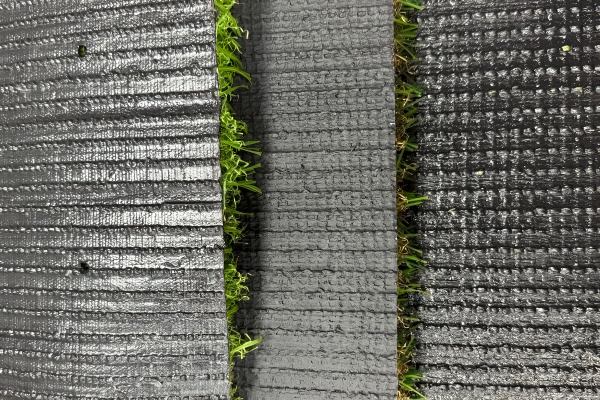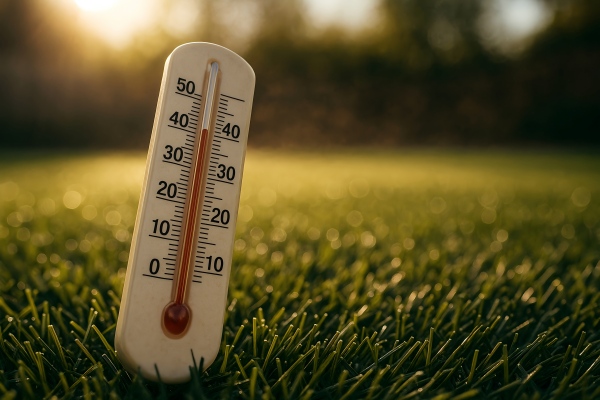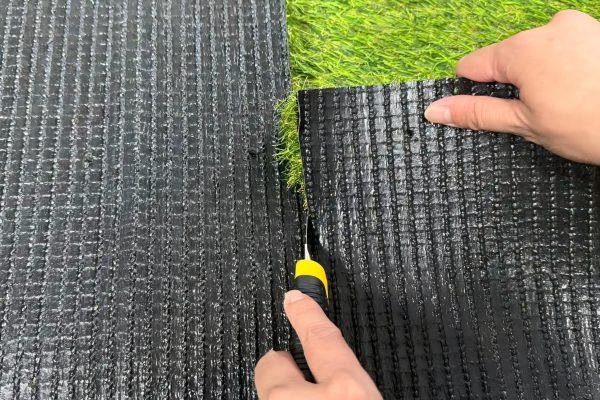Worried about your new artificial turf getting damaged? A tear can ruin the whole look and cost you money, turning a great investment into a big headache.
High-quality artificial grass does not tear easily. Its durability comes from the quality of its fibers, the strength of the backing, and the density of the stitching. Cheaper, poorly made turf is much more likely to tear, while premium products are built to withstand heavy use.

Now that we know quality is the key to preventing tears, you might be thinking about other factors. It is important to look at the whole picture when choosing artificial grass. We need to understand its potential downsides, what can damage it, and how long you can expect it to last. Understanding these details will help you make the best choice for your project and ensure your investment is protected. Let’s dive deeper into these important questions.
What is the downside of artificial grass?
You might think artificial grass is the perfect, no-effort solution. But overlooking its drawbacks can lead to surprises, like a lawn that is too hot to walk on in summer.
The main downsides are the high initial cost, heat absorption on hot days, and potential environmental concerns about its plastic makeup. It also does not have the natural smell or feel of real grass, which some people may miss in a garden setting.

When I talk to clients, I believe it’s important to be honest about the product. Artificial grass is a fantastic solution for many situations, but it’s not perfect. The most common issue is heat. The plastic fibers can get quite hot under direct, intense sunlight. This is something to consider for areas with children or pets. Another point is the initial cost. Yes, the upfront price is higher than a bag of grass seed. You are paying for the manufacturing, materials, and professional installation. However, I always advise customers to calculate the long-term savings on water, fertilizer, and mowing equipment. Over its lifespan, artificial grass often proves to be more economical. Finally, there’s the environmental aspect. We are working on better recycling methods in the industry, but it remains a challenge.
Here is a simple breakdown:
| Pros of Artificial Grass | Cons of Artificial Grass |
|---|---|
| Low maintenance | High initial cost |
| Saves water | Can get hot in the sun |
| Looks green year-round | Lacks natural feel and smell |
| Very durable | End-of-life recycling can be complex |
What destroys artificial grass?
You have invested a lot in your new turf. Now you fear that one wrong move could destroy it, wasting all that time and money spent on your project.
The biggest enemies of artificial grass are intense UV sun exposure1 over many years, sharp objects2 that puncture the backing, harsh chemicals3 like solvents, and improper installation4 on an unstable base. Fire and extreme heat can also melt the fibers, causing permanent damage.

In my first years working in the factory’s technical department, I saw exactly what makes turf fail. The number one long-term killer is the sun. UV rays break down the plastic fibers, making them brittle and weak. That’s why high-quality UV stabilizers mixed into the yarn are critical. It’s a key difference between a product that lasts 5 years and one that lasts 15.
The second cause of failure is improper installation. A weak or uneven base will shift, putting constant stress on the turf’s seams. This is where most tears happen. The turf itself might be strong, but if the foundation is bad, the seams will pull apart. It’s like building a strong house on sand.
Here are other things to watch out for:
- Sharp Objects: Be careful with sharp tools, broken glass, or dragging furniture with sharp legs across the surface. These can poke holes in the backing.
- Chemicals: Avoid spilling gasoline, paint thinner, or strong acids on the grass. These will discolor and weaken the fibers.
- Heat and Fire: A hot coal from a barbecue or a dropped cigarette can melt the fibers instantly, leaving a noticeable burn mark.
What is the lifespan of artificial grass5?
You are ready to invest, but how long will it really last? This uncertainty can be stressful, as nobody wants to face the cost of replacing a whole field too soon.
A typical residential artificial lawn can last 10-15 years. A high-traffic sports field might last 8-10 years. However, this lifespan depends heavily on the product’s technical specifications, the amount of use it gets, and how it is maintained.

The lifespan of artificial turf is not a simple number; it is a result of specific technical choices. When I help customers choose a product, I focus on the specifications, not just the price. The yarn material, its thickness (Dtex), and the backing system are the most important factors. For instance, a turf with a high Dtex is like a shirt with a high thread count—it’s denser, more durable, and feels better. The backing is the turf’s skeleton. A double-layer SBR latex backing is good, but a Polyurethane (PU) backing is much stronger and resists water better, preventing expansion and contraction that can stress seams. These small details in the specification sheet make a huge difference in how many years you will get from your investment. Don’t be afraid to ask your supplier for these details.
This table shows how specifications directly affect durability:
| Feature | Basic Quality | Premium Quality | Impact on Lifespan |
|---|---|---|---|
| Yarn Dtex | 8,000 | 12,000+ | Higher Dtex means more material, increasing resilience and lifespan. |
| Backing Type | Single SBR Latex | PU Coating | PU is stronger, more flexible, and resistant to moisture. |
| UV Stabilizer | Basic Grade | Advanced Grade | Protects against sun damage, fading, and brittleness for longer. |
Conclusion
A high-quality artificial grass is a very durable product. It will not tear easily if you choose the right specs and ensure it is installed correctly on a proper base.
-
Understanding UV damage can help you choose better products and extend the life of your turf. ↩
-
Identifying potential hazards can help you protect your investment in artificial turf. ↩
-
Knowing which chemicals to avoid can help maintain the integrity and appearance of your lawn. ↩
-
Learn about the importance of proper installation to avoid costly repairs and ensure durability. ↩
-
Understanding the lifespan can help you plan for future maintenance and replacement costs. ↩
_画板-1.png)
_画板-1.png)